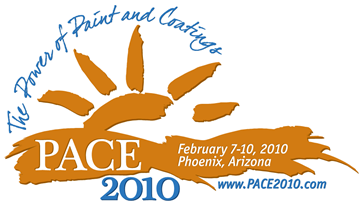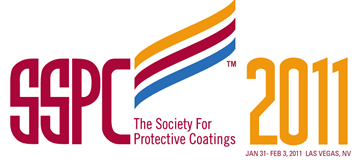Search
Conference Papers
View as
Sort by
Display
per page
“Dollars & Cents - You Make The Choice: A Look At Elastomer Polyurethane Versus Epoxy Laminate Lining Systems For The Linings Of Water Or Wastewater Structures”
Product Number:
51322-18202-SG
Publication Date:
2022
$20.00
“Effect of Material's Surface Hardness on Solid Particle Erosion Resistance of Tungsten Carbides and Stainless Steel 316 in Sand-Air Flows”
Product Number:
51323-19212-SG
Publication Date:
2023
$20.00
“FOURIER TRANSFORM INFRARED SPECTROSCOPY TO VERIFY CHEMICAL CONSISTENCY OF INDUSTRIAL COATINGS THE APPLICATION OF INSTRUMENTAL COMPARATIVE METHODS
Product Number:
41210-560-SG
Publication Date:
2010
$20.00
“Introducing The Nation’s First Bachelor of Science Degree in Corrosion Engineering and the National Center for Education and Research on Corrosion and Materials Performance
Product Number:
41211-627-SG
Publication Date:
2011
$20.00
“This Ain’t Your Mothers Dehumidifier Anymore! New Advancements in Temporary Dehumidification Equipment Meets “Green” Objectives While Reducing Operating Costs
Product Number:
41211-589-SG
Publication Date:
2011
$20.00
“μ-Deck: Implementation of a New COF Meter for US Navy
Product Number:
41210-553-SG
Publication Date:
2010
$20.00
00001 EFFECT OF ANIONS AND CATIONS ON THE PIT INITIATION IN CO2 CORROSION OF IRON AND STEEL
Product Number:
51300-00001-SG
ISBN:
00001 2000 CP
$20.00
00002 MODELLING THE DRAG REDUCING EFFECT OF CO2 CORROSION INHIBITORS
Product Number:
51300-00002-SG
ISBN:
00002 2000 CP
$20.00
00004 A CASE STUDY OF THE UNEVEN CORROSION OF A CHOKE VALVE AT A GAS-WELL HEAD
Product Number:
51300-00004-SG
ISBN:
00004 2000 CP
$20.00
00005 PROTECTIVE PROPERTIES OF CRUDE OILS IN CO2 AND H2S CORROSION
Product Number:
51300-00005-SG
ISBN:
00005 2000 CP
$20.00
00007 CO2 CORROSION INHIBITION BY SULFUR-CONTAINING ORGANIC COMPOUNDS
Product Number:
51300-00007-SG
ISBN:
00007 2000 CP
$20.00
00009 REPORT OF A COATING FAILURE ON A 16-INCH OIL PIPELINE UNDER WET CO2 SERVICE
Product Number:
51300-00009-SG
ISBN:
00009 2000 CP
$20.00














